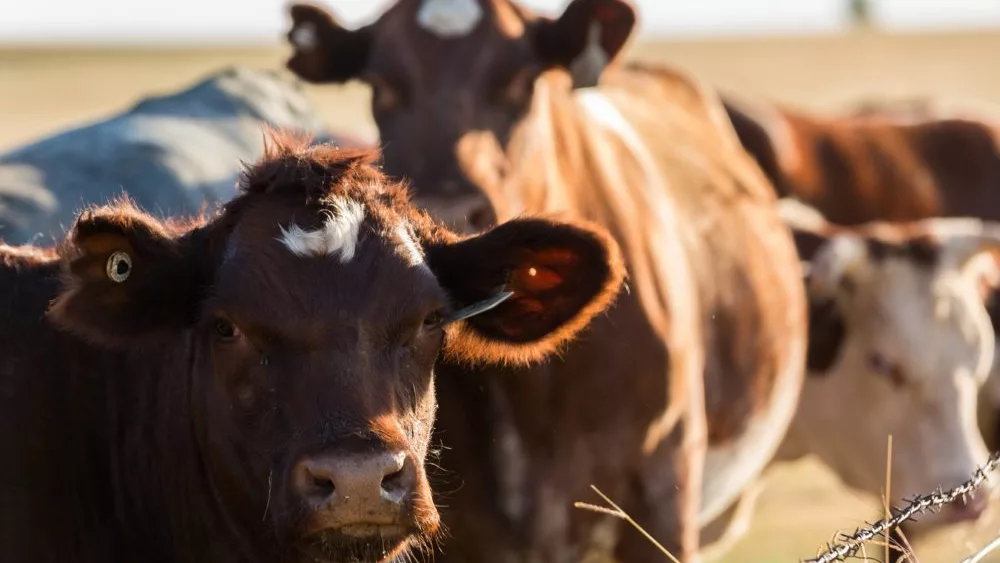It’s been 5 years since African Swine Fever was first detected in China. Since then, U.S. producers and government officials have been working to keep it away from American soil to prevent the same hog herd devastation that took place in China.
USDA’s Animal and Plant Health Inspection Service, or APHIS, continues to lead those efforts. Just this month, APHIS came out with a revised ASF response plan.
Dr. Anna Forseth is Director of Animal Health for the National Pork Producers Council, and she says the redbook is a guidance document for ASF at the national level, which states often refer to. That redbook covers a lot of ground.
“From sample collection and testing to how to implement a control zone if an infected premises is identified. It talks about quarantine and movement controls, touches on depopulation and disposal, as well as feral swine management and how we would go about recovering from the disease and the outbreak and gain ourselves back the status of free from ASF.”
Forseth says they continue to identify ASF vectors and what they can do to prevent an introduction. Those primarily include feed, meat, and people.
“Now that we’ve identified those, we are really focusing on mitigation. So, when it comes to people or products, maybe more so than the feed side, we know that we’ve got a tremendous resource in the ‘Beagle Brigade’. Another would be the work that’s being done by Wildlife Services within APHIS on the feral pig front.”
In a separate effort, The National Pork Producers Council has been working on improving traceability of live swine at the state and federal level. You can learn more about their efforts by visiting nppc.org.
Source: NAFB News Service






